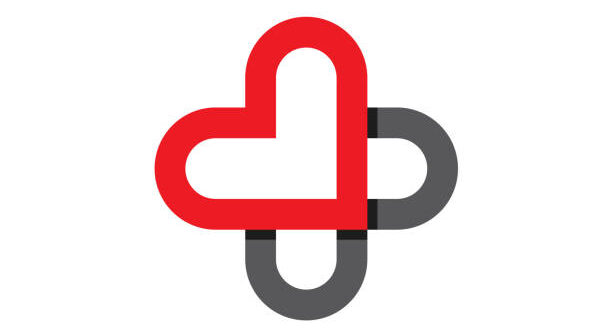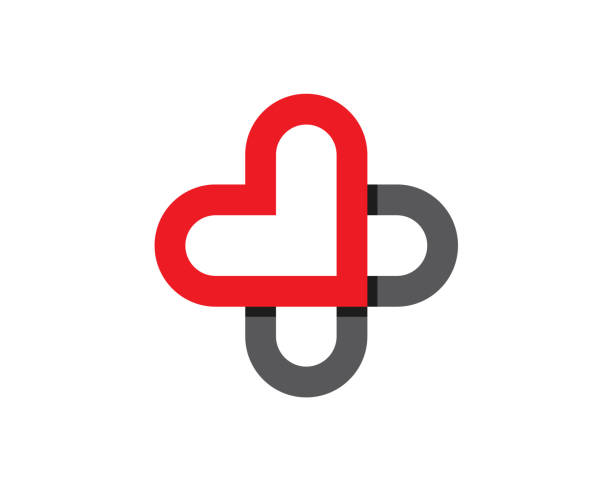
After three years of successful piloting, Sentara Health recently scaled its use of Regard’s AI-powered chart review and discharge summary tool across all of its 12 hospitals in Virginia and North Carolina.
When Sentara and Regard began working together, the focus was on how to improve clinicians’ comprehensive chart reviews, said Joseph Evans, Sentara’s chief health information officer. The goal was to improve diagnostics specificity and ensure more accurate capture of clinical complexity, he explained.
Regard then soon introduced a ChatGPT-style feature that summarizes discharge notes and clinical histories, which saves staff members time and reduces their cognitive burden. Similarly to ambient scribes, this tool allows clinicians to be “editors rather than authors,” Evans noted.
Regard’s technology uses AI to automatically review both structured and unstructured data in a patient’s clinical chart. It quickly surfaces relevant diagnoses and missed documentation opportunities, as well as summarizes important clinical information. This not only helps clinicians understand a patient’s history from the get-go, but it also helps them identify potential safety issues, Evans stated.
“Early on, we had a couple of major safety wins — around sepsis, patients not on antibiotics, people that should be receiving prevention for blood clots who weren’t,” he remarked.
The stories of these patient safety won over clinicians and helped Sentara make the jump from pilot to widescale adoption, Evans said.
He noted that although the project began as a 10-user pilot across just three sites, Regard’s technology quickly gained traction, with clinicians at other Sentara sites soon asking when they would get access to the tool.
He also said that the implementation process for the technology was refreshingly simple.
“In my role as our CHIO I deploy a lot of things, including Epic upgrades twice a year,” Evans declared. “This was one of the easiest implementation-to-adoption things that I’ve done in my role.”
Right now, clinicians’ adoption of the tool is in the 65–75% range — results Evans called “incredible.” In his eyes, this was driven largely by the tool’s ability to flag potential safety issues and improve patient outcomes, rather than just financial or administrative benefits.
The financial benefit is there, though. Evans said that Regard’s return on investment ranges from two to four times the cost of the tool, depending on which Sentara site you’re looking at and how many clinicians at the site use the tool. This ROI comes mainly from better coding and documentation.
Still, he maintains that the key to AI adoption is not just efficiency or ROI — it’s earning clinicians’ trust by demonstrating real-world positive impacts on patient safety and care quality.
Photo: Natali_Mis, Getty Images





